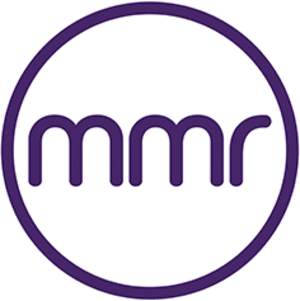IAB publishes best practice guide for online brand impact studies
It covers the entire survey process, from planning through to recruitment, deployment and optimisation and analysis, making recommendations along the way.
For instance, the guide says that a 15m-impression campaign should be the minimum before a site considers running a study on behalf of advertisers, and that the cost of the research should not exceed 10% of the cost of the overall media buy.
Author Marissa Gluck of Radar Research also writes that media agency staff should be trained and educated on the basics of research methodologies and implementation, and that agencies and publishers should pressure research vendors to undergo independent, third-party evaluations of their statistical methods and recruitment methodologies.
The IAB’s initial report, published last August and based on two-years of research, raised concerns over the reliability and validity of online ad effectiveness studies, citing low response rates, quasi-experimental research designs and a lack of willingness on the part of the industry to fund more appropriate studies.
One particular bugbear is live intercept recruitment. Gluck writes: “With live intercepts falling increasingly into disfavour due to lowered response rates, greater site clutter, and misalignments between campaign delivery and sample, panels are gaining favour with agencies, publishers and vendors.”
Panels are far from a panacea, she says, but if properly validated they can solve for some of the methodological deficiencies of intercept studies – though they are more easily suited to high-volume or multi-platform campaigns and customised ad placements.
The full best practice guide can be downloaded here.

We hope you enjoyed this article.
Research Live is published by MRS.
The Market Research Society (MRS) exists to promote and protect the research sector, showcasing how research delivers impact for businesses and government.
Members of MRS enjoy many benefits including tailoured policy guidance, discounts on training and conferences, and access to member-only content.
For example, there's an archive of winning case studies from over a decade of MRS Awards.
Find out more about the benefits of joining MRS here.













1 Comment
Mike Donatello
14 years ago
I wonder: Does IAB have any estimates on the proportion of studies conducted that meet these guidelines?
Like Reply Report